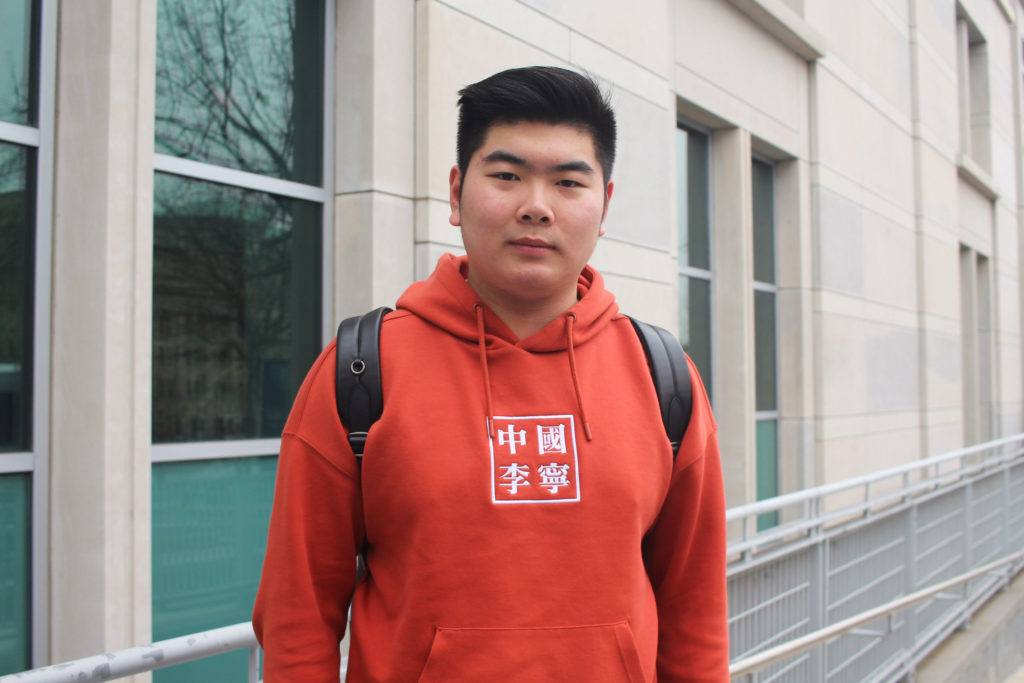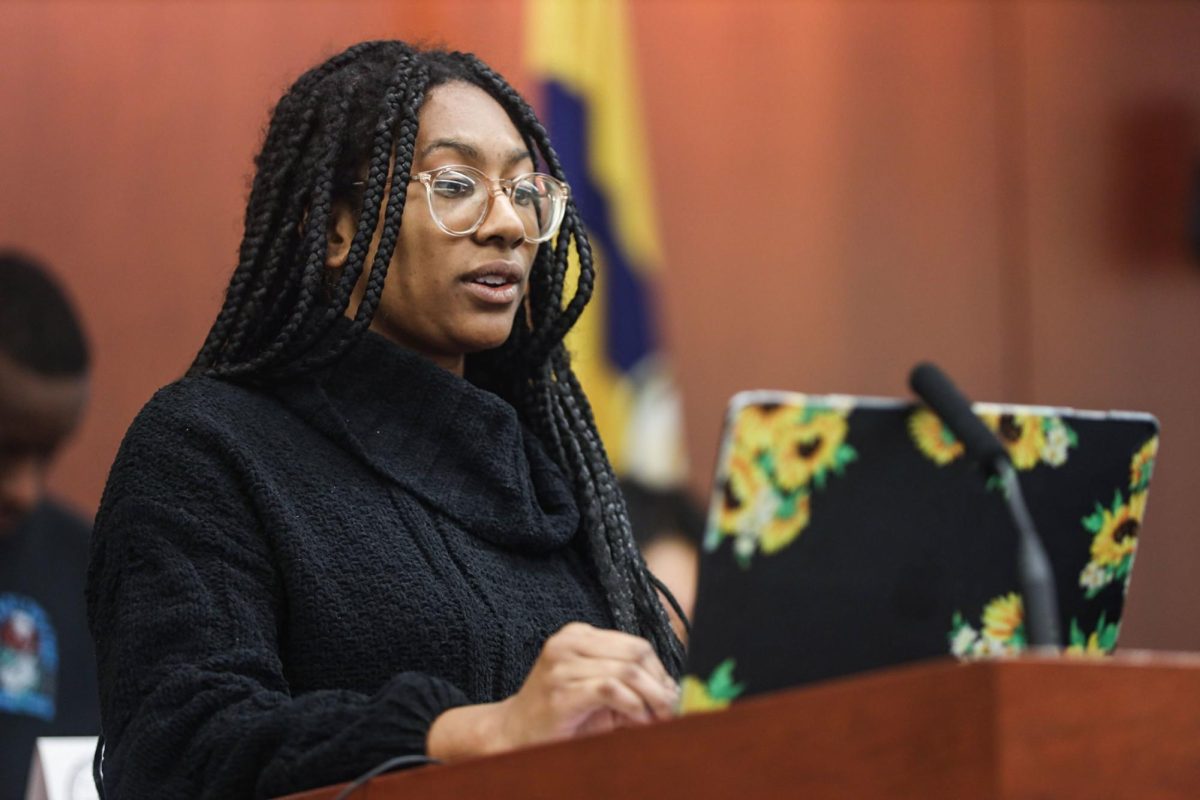Student Association senators are trying to bridge the communication gap between Chinese students and administrators with a messaging app.
SA Sen. Haining Bao, ESIA-U, launched “GW WeChat,” a platform similar to Facebook that helps Chinese international students read up on events around campus and information about campus events in Chinese. Students who use the app said they have been able to foster greater communication among each other and stay up to date on issues involving Chinese students, like the coronavirus, and other GW news.
“I reached out to several reliable Chinese students who said they would like to be a part of the same project,” Bao said. “So basically, I needed the team to post all the detailed information.”
The China-based company Tencent founded the app in 2011 and assists other companies and organizations in creating their own iteration of the platform, according to its website. Companies like Burberry and British Airways use WeChat to advertise their services to customers.
Bao said student volunteers help manage the GW WeChat account by translating information, like SA Senate biweekly agendas, from English to Chinese. They also address any questions or concerns students using the app submit, he said.
“The app is sort of a platform where students can submit their concerns on the request to us and, as available, we send our specialists that know about American culture and suggest procedures to them,” he said.
Bao said translating information for Chinese students provides an easily accessible platform for students to check for updates on campus news or events that student organizations like the Chinese Student Association and the Chinese Cultural Association hold.
He added that students have used the app to publish a video of University President Thomas LeBlanc wishing students a happy Lunar New year and coordinated efforts to gather and donate supplies to the Chinese embassy to people experiencing the coronavirus.
“We communicate with Chinese students through WeChat, and they will donate money and materials to send to the Chinese embassy for aid,” Bao said.
Student volunteers and GW WeChat channel users said the app has helped to inform Chinese students of happenings around campus and allows for more accessible communication among Chinese students.
Flora Zhang, a volunteer member of the GW WeChat group, said she helps to record and translate the SA meetings into Chinese to post in the chat and make the information accessible to Chinese students. Zhang said many Chinese students do not read SA updates from senate meetings, so the app helps to inform them in a language they are most familiar with.
“I think that many students when they know about WeChat, they want to help us,” Zhang said. “There’s no actual recruitment process and most of the time students just reach out to us to ask if we need help with the chat.”
Yushu Peng, who uses both the general and GW WeChat platforms, said she frequently uses the app to communicate with other Chinese students on campus and receive information about how the SA operates. She said the app is helpful for international students who face a gap in communication between administrators and student leaders.
“It helped me to know how GW SA works and what we can do and gain from it,” Peng said in an email.
She said that while WeChat has improved communication among Chinese students online, holding Chinese-specific events would also better connect Chinese students to the rest of campus.
“As a student-run organization, we are really lacking in sponsorship,” Peng said. “GWSA helped us a lot with event preparation and culture spreading.”
Isolde Li, a volunteer member for the chat program, said the account is like having a Facebook or Instagram specifically for Chinese students. She added that the app is specifically catered to Chinese students to share experiences on campus and connect with one another.
“It does not apply to every international student because it is really Chinese social media,” Li said. “So we have students that manage the account because it is a public account where we can place pictures, emotions, things like that.”








